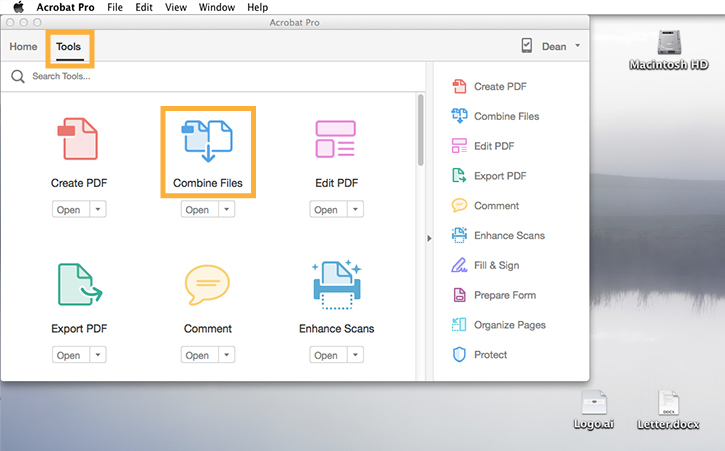How To Change Permissions For Files On Mac Created In Pages
Make sure the 'Locked' button is unchecked in the Info Finder window. If the file is locked, permissions cannot be edited. Change an item's owner by clicking the lock icon in the lower right. Here I have created files named after the umask they were created under (red box), and you can see the corresponding permissions for these files that reflect these umasks (arrows). Unless you have a specific reason to do so, there is no need to change the system’s umask. Outlook for mac email going directly to trash folder recovery.
One of the main functions of a spreadsheet is that it organizes any data set into manageable rows and columns which can be easily viewed, searched, and arranged. Solver in excel. This tutorial will focus on how to identify and delete duplicate entries. Because of the way Excel organizes this data, it should be easy to manipulate, whether this means changing your ordering principles (, according to date, according to amount), searching for particular entries, and or deleting information. Here we will show you how to delete duplicates in the easy way.
As long as you have administrative access to your Mac computer, you can change the permissions for a file, folder or disk on the Mac from 'Read Only' to 'Read & Write.' This is important to know if you want a coworker to collaborate on one of your files or if you need to modify a file someone sent to you that came as 'Read Only.' If the file is on someone else's computer or on a shared drive, you can't change the permissions unless you created the file or have administrative access to that drive.
Mac OS X Hidden Files & Directories 206-522-3530 Reference • • • • Mac OS X Hidden Files & Directories By Gordon Davisson Copyright (c) 2005, Westwind Computing inc. Mac OS X volumes contain quite a few files and directories (aka folders) that are invisible from the Finder (and many other interfaces). For the most part, they're hidden for good reason -- you generally don't need to worry about them, and in fact, probably shouldn't muck with them unless you know what you're doing. But just in case you find yourself needing to deal with them, here's a quick summary of what they're for.
Mac OS X Hidden Files & Directories._whatever These files are created on volumes that don't natively support full HFS file characteristics (e.g. Ufs volumes, Windows fileshares, etc). When a Mac file is copied to such a volume, its data fork is stored under the file's regular name, and the additional HFS information (resource fork, type & creator codes, etc) is stored in a second file (in AppleDouble format), with a name that starts with '._'. (These files are, of course, invisible as far as OS-X is concerned, but not to other OS's; this can sometimes be annoying.).DS_Store This file in created by the Finder to keep track of folder view options, icon positions, and other visual information about folders. A separate.DS_Store file is created in each directory to store information about that directory, so you'll find them appearing all over the directory tree, in pretty much every folder you've visited with the OS X Finder. ~/.Trash Used to store files & folders from the boot volume that a particular user has thrown in the trash, but that haven't been erased yet.

Change Permissions For Files On A Mac Server
 /.Spotlight-V100 Used to store metadata indexes and indexing rules for Spotlight (version 1.00 apparently). Only created under Mac OS X 10.4. /Volumes/(whatever)/.Trashes On volumes other than the boot volume, a.Trashes folder is used to hold files & folders that've been put in the trash but not yet deleted. Since each user has their own personal trash can, subfolders are created under.Trashes for different users, named according to their user ID number. For example, if user #501 throws something on a volume named 'Data' into the trash, it'd be moved to a directory named /Volumes/Data/.Trashes/501/. Permissions on this folder are set so that you can only access a trash can if you can guess the users' ID -- that is, you cannot view a list of which users actually have trash cans in existance.
/.Spotlight-V100 Used to store metadata indexes and indexing rules for Spotlight (version 1.00 apparently). Only created under Mac OS X 10.4. /Volumes/(whatever)/.Trashes On volumes other than the boot volume, a.Trashes folder is used to hold files & folders that've been put in the trash but not yet deleted. Since each user has their own personal trash can, subfolders are created under.Trashes for different users, named according to their user ID number. For example, if user #501 throws something on a volume named 'Data' into the trash, it'd be moved to a directory named /Volumes/Data/.Trashes/501/. Permissions on this folder are set so that you can only access a trash can if you can guess the users' ID -- that is, you cannot view a list of which users actually have trash cans in existance.